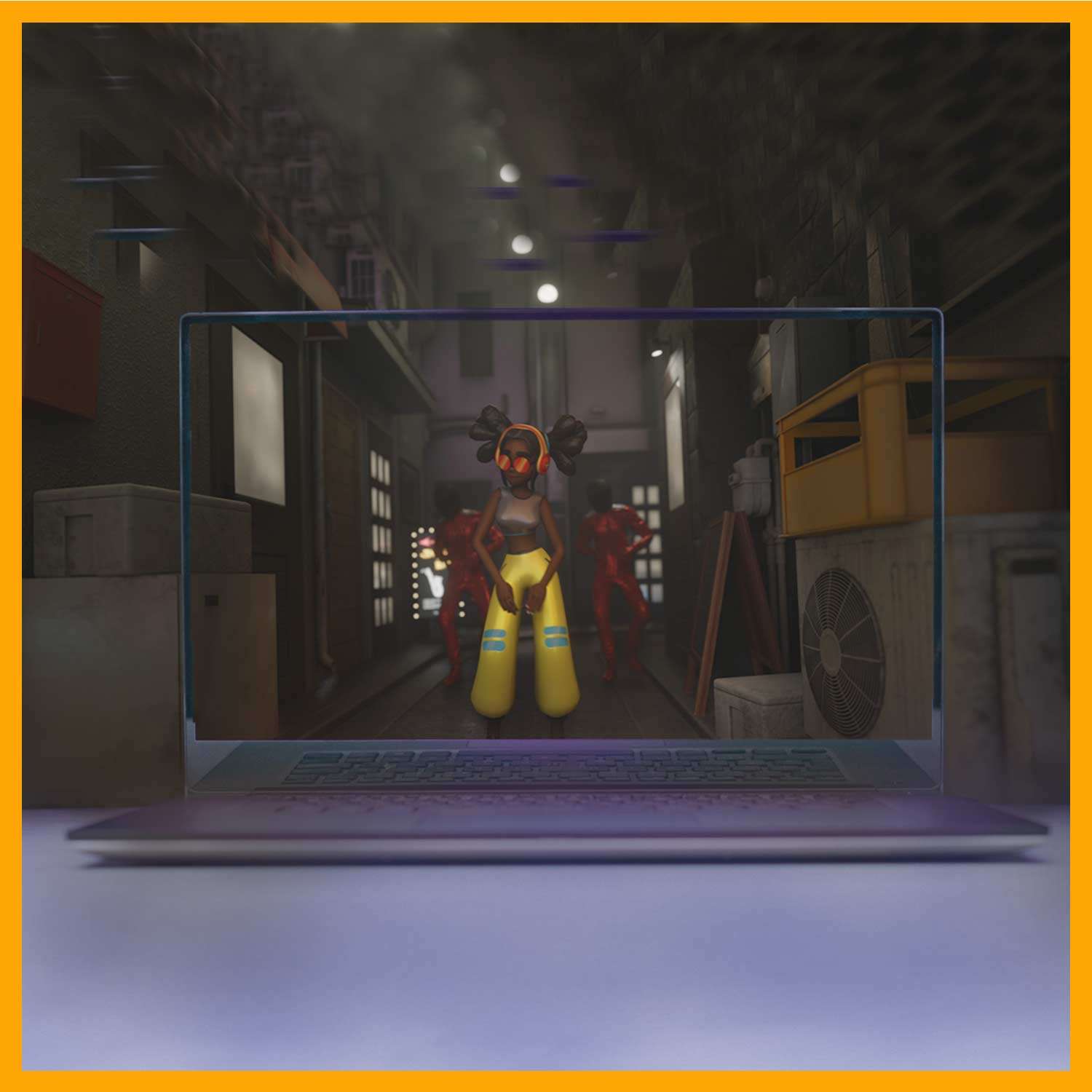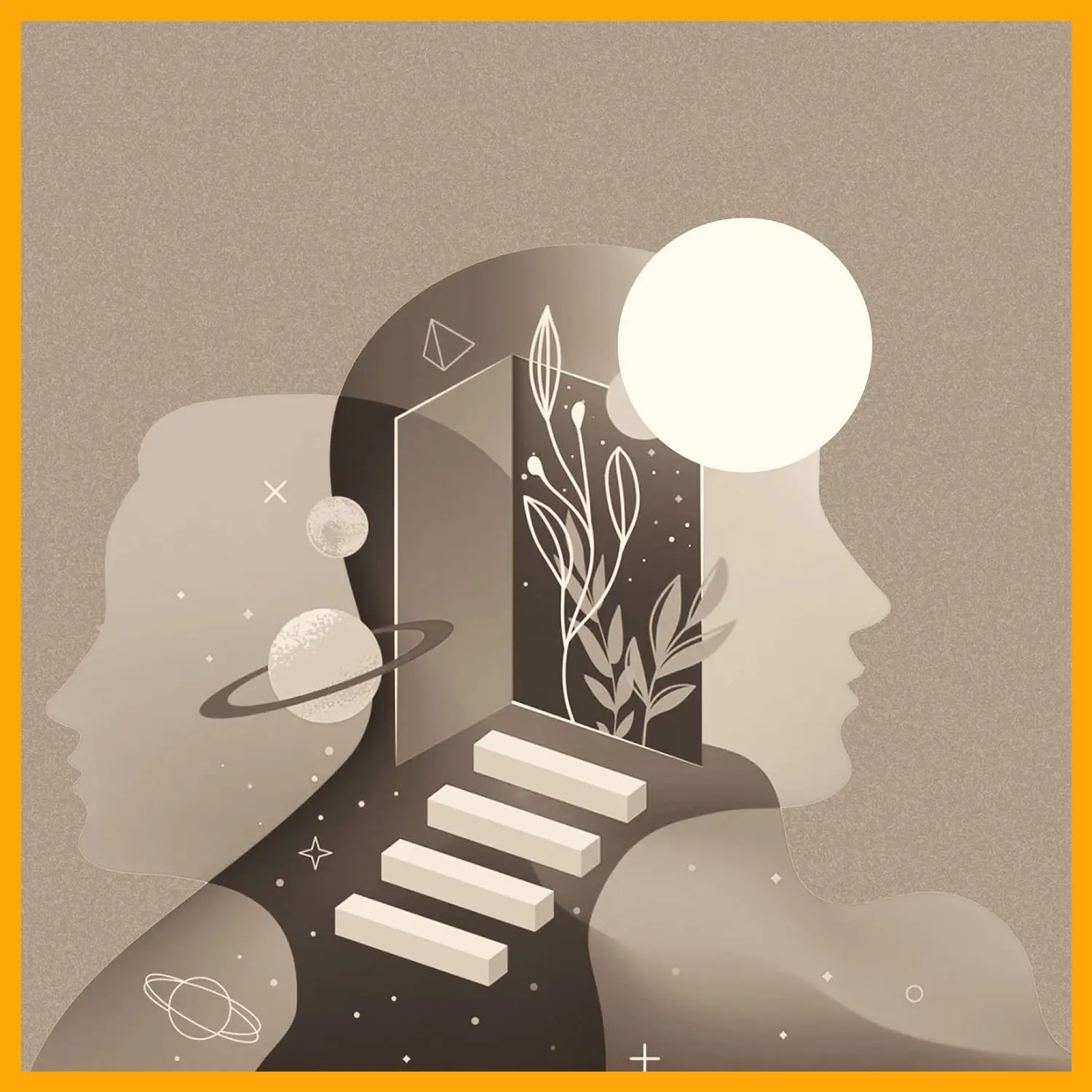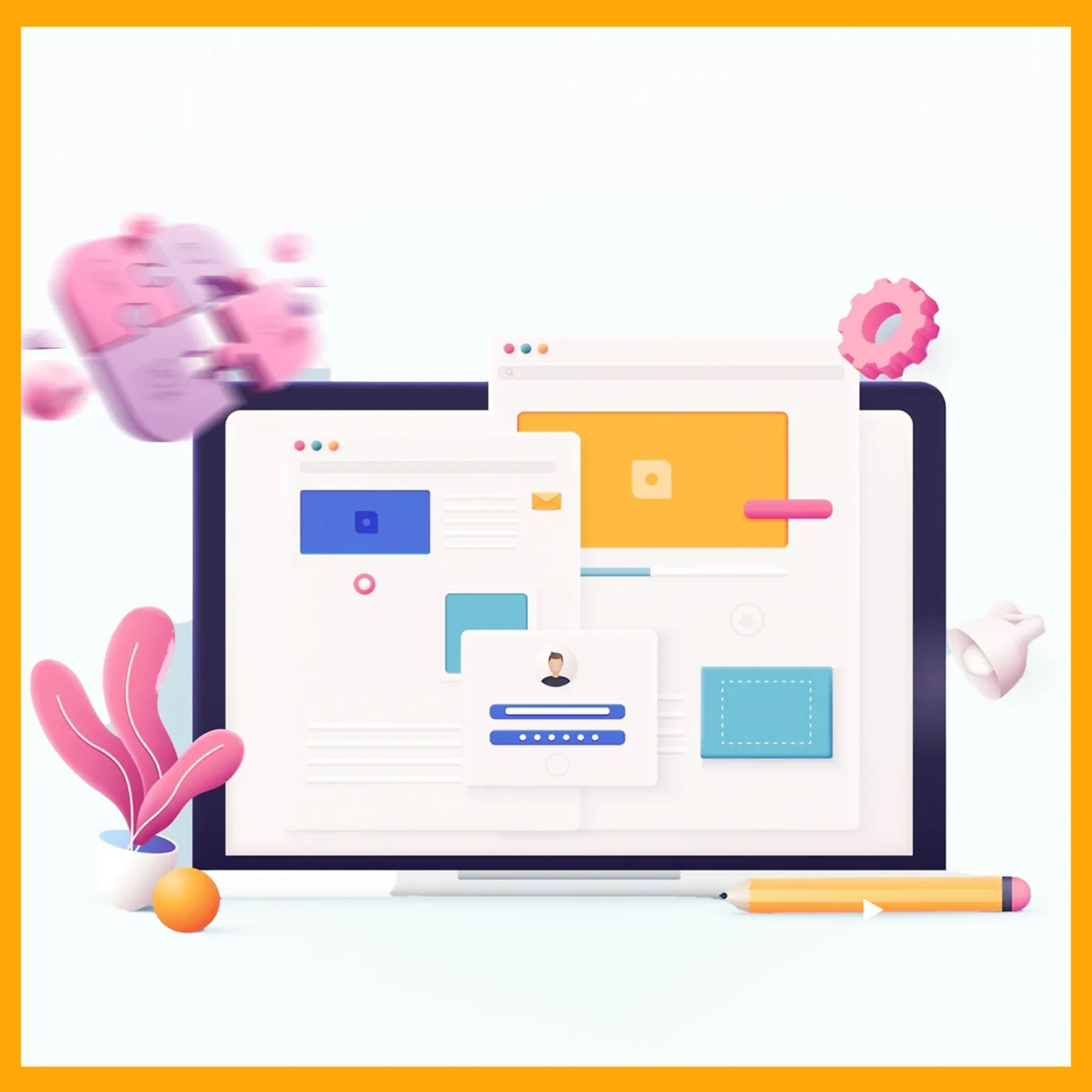Animation is a fascinating field that has been captivating audiences for decades. From classic Disney cartoons to the animation skits on social media, animation has a unique ability to transport us to new worlds and tell stories in ways that no other medium can.
But how exactly is animation created? Let’s take a closer look at the animation process and explore the steps involved in virtually creating new worlds.
1. Concept Development
The first step in any animated project is developing a concept. This involves coming up with an idea for the story you want to tell and deciding on the style of animation you want to use. There are different styles of animation – from traditional hand-drawn animation to stop-motion, 3D computer animation, and more.
Once you have a concept and a style in mind, it’s time to start developing your characters. This involves creating character designs, including their appearance, personality, and backstory. This is where the scripting of the project comes in and you would need to have that properly outlined and detailed to set a good base for the following steps. You may also need to develop a setting for your story, including landscapes, buildings, and other visual elements.
2. Storyboarding
Once you have a concept and characters in place, it’s time to start storyboarding. Storyboarding is the process of creating a visual outline of your story. This involves sketching each scene in detail, including the camera angles, character movements, and special effects or visual cues.
Storyboarding is an essential part of the animation process because it allows you to see your story come to life in a rough form. You can get a sense of how your characters will move and interact with each other, and you can make changes to the story and pacing as needed.
3. Design and Illustration
Once your storyboard is complete, it’s time to create the actual animation assets. This involves designing and illustrating your characters, props, and backgrounds in detail. You may need to create multiple versions of each character to show different facial expressions or movements, depending on the needs of your story.
Illustration is crucial to the animation process because it sets the visual style for your entire project. You’ll need to decide on the colour palette, lighting, and other visual elements that will give your animation its unique look and feel.
Our team used this process to the T to create a Nivea product animation:
4. Animation Production
With your designs and illustrations in place, it’s time to start animating. This involves bringing your characters and settings to life through movement and sound. Depending on the type of animation you’re working on, you may need to use a variety of techniques to create your animation.
For example, traditional hand-drawn animation involves drawing each frame of the animation by hand, while 3D computer animation involves using specialized software to create and manipulate virtual objects. Stop-motion animation involves taking photographs of physical objects and moving them slightly between each shot to create the illusion of movement.
5. Sound Design
Once your animation is complete, it’s time to add sound effects and music. Sound design is essential to the animation process because it can help bring your characters and environments to life. From the sound of footsteps to the chirping of birds, every sound you add can help to immerse your audience in the story you’re telling.
Sound design also includes adding dialogue to your animation. This involves recording voice actors and syncing their performances to the on-screen animation. Getting the timing and pacing right is crucial to making sure your animation feels natural and engaging.

6. Post-Production
The final step in the animation process is post-production. This involves editing your animation and adding any final touches or effects. You may need to adjust the timing of certain scenes or tweak the lighting and colour grading to make sure everything looks just right.
Post-production also involves rendering your animation into its final format. This can take a long time, especially for 3D computer animation.
Once your animation is rendered, it’s ready for distribution. You may choose to share it on social media, screen it at film festivals, or pitch it to a production company for wider distribution.
Ready to Start the Animation Process for Your Work?
Animation is a complex and time-consuming process, but it’s also incredibly rewarding. The ability to bring characters and stories to life through animation is a unique and powerful form of storytelling. If you’re interested in pursuing a career in animation, there are many resources available to help you get started, from online tutorials to degree programs at animation schools.
In addition to technical skills like drawing and 3D modelling, animators also need strong storytelling abilities and a keen eye for detail. Finally, they must be able to collaborate effectively with others, including writers, directors, and sound designers, to bring their vision to life.
One of the most exciting aspects of animation is its potential for innovation and experimentation. From groundbreaking films like Disney’s Snow White and the Seven Dwarfs to more recent projects like Iwájú, animators have constantly pushed the boundaries of what’s possible in animation.
Whether you’re a lifelong animation fan or a newcomer to the field, there’s never been a better time to explore the world of animation. With new technologies and techniques emerging all the time, the possibilities for animation are truly limitless.








